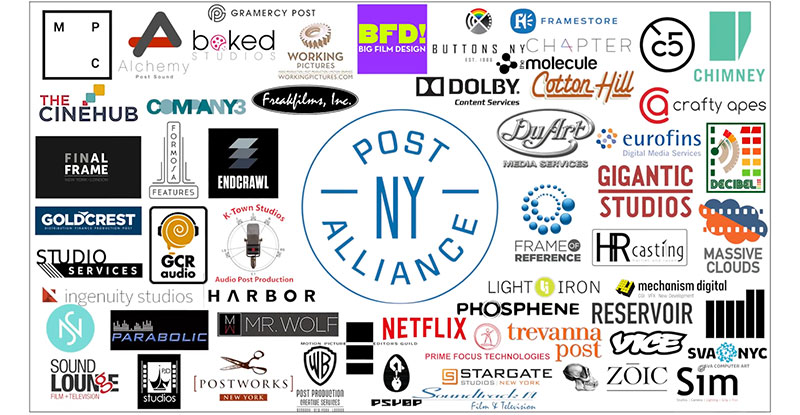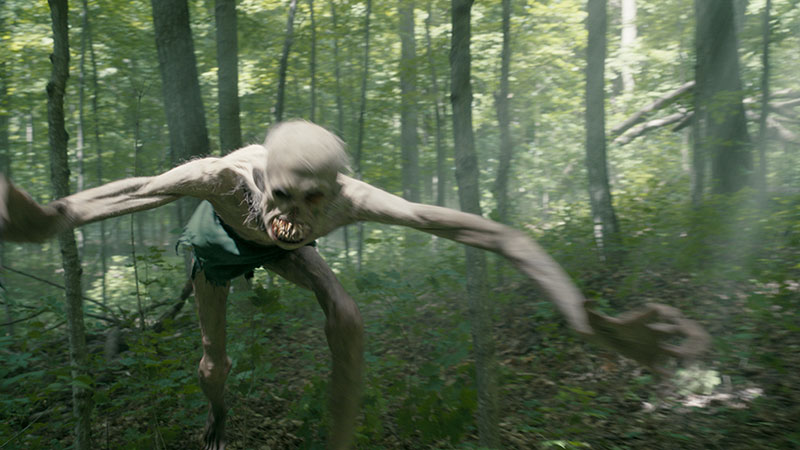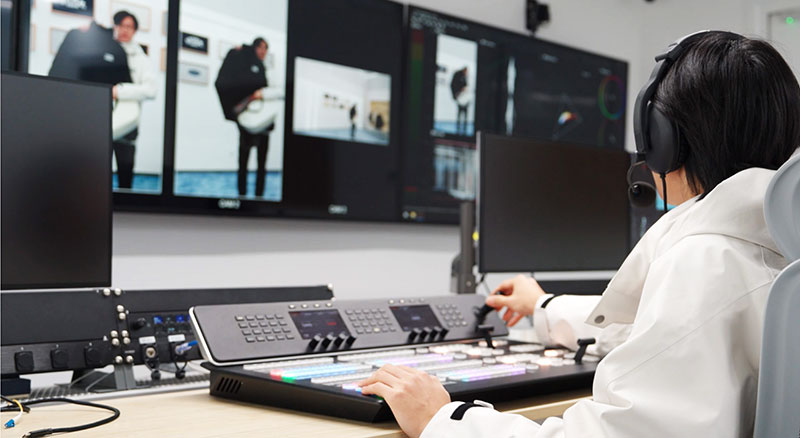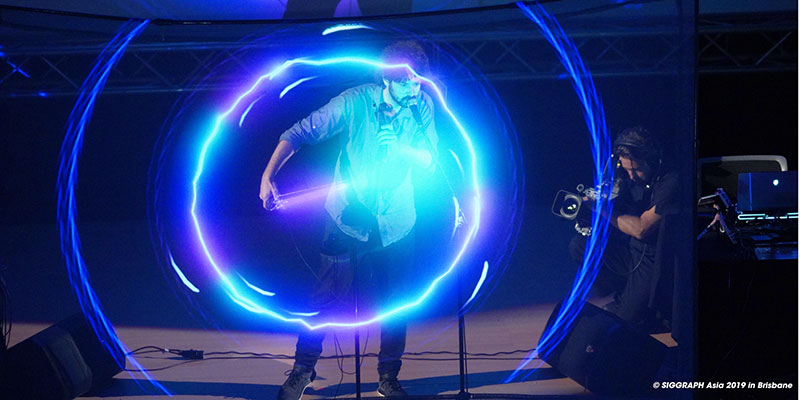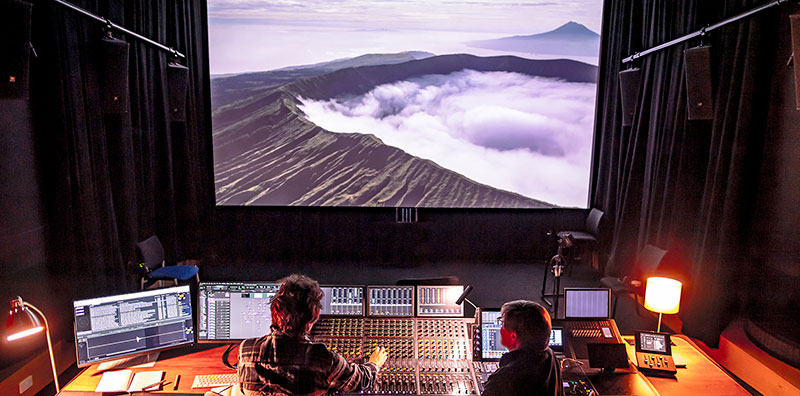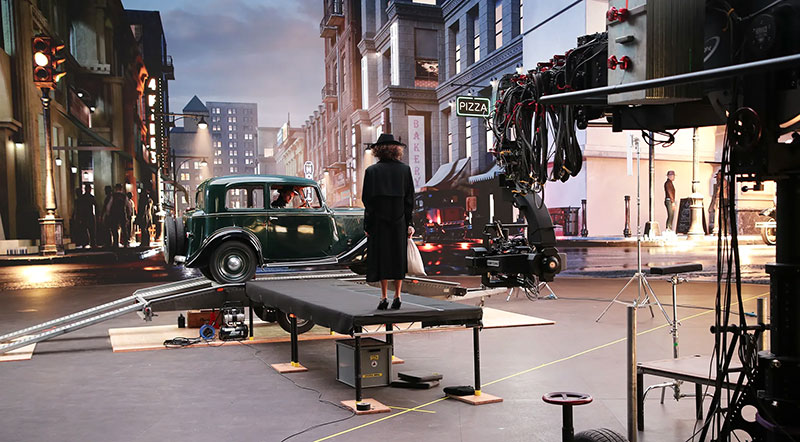RKM Studios designed a collaborative workflow based on Blackmagic Cloud that kept all aspects of their music video project underway simultaneously – edit, colour, sound and VFX.
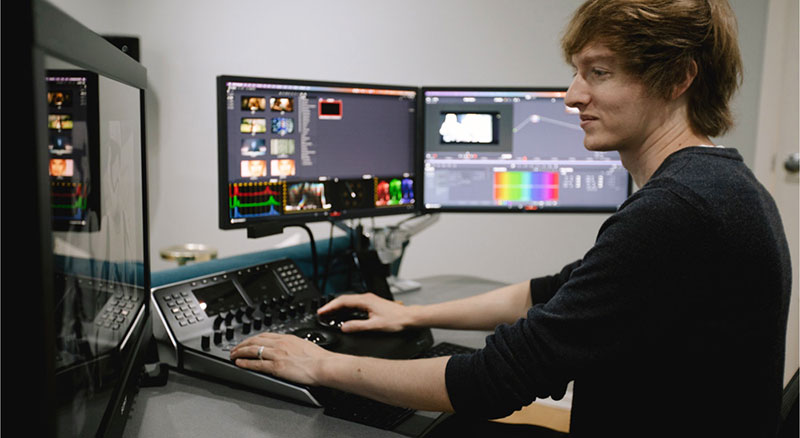
Filmmaker Ryan McNeal at production and post facility RKM Studios has completed a series of videos for a new album by composer and pianist Nick Phoenix. Ryan said he was excited when he learned about the album, titled ‘Underdog’, and the project. “I really was intrigued by a couple of ideas Nick had for some fantasy themed music videos,” he said.
“As I looked at the album list and listened to the tracks, I felt a strong connection running between three of the pieces that suggested creating a three-part music video narrative, following a young woman’s journey into a fantasy world where she is nearly consumed by revenge.”
Nick loved the idea and the two set out to produce the project in Ireland, taking advantage of the scenery there that fit the epic narrative of the videos. But while the concept may have been expansive, the budget was not.
Managing Proxies, Backup, Collaboration in the Blackmagic Cloud
Ryan looked for ways to streamline every aspect of the process, including opportunities to combine production and post. “We knew we would be shooting various file formats, including Blackmagic RAW on the URSA Mini Pro 12K. We had a three-day shoot, all on location, and wanted to be able to review dailies each day,” he said.

“We discovered the Blackmagic Cloud Store units and realised they wouldn’t only serve as fast, reliable storage but were also portable, as opposed to something mounted in a rack server. Furthermore we had an editor, Paul Cole, who would be working remotely while travelling, so suddenly all the features of Blackmagic Cloud, collaboration and the Cloud Stores became relevant.”
During production, the team used two Blackmagic Cloud Store 20TB systems as redundant backup of principal photography on set. The Blackmagic Proxy Generator was used to automatically create proxies for editing, and an extra 8TB Cloud Store Mini network storage system stayed with Paul, which allowed him to begin syncing proxies and assembling an edit by while the shoot was still underway. “We could sync everything over the web,” Ryan said.
True Teamwork
Paul had joined the production early in the process, and quickly realised that the tools they used for this shoot would need some special features. “The biggest issue I’ve run into with other NLEs was the lack of collaboration tools,” he said. “These three videos had a fast turnaround in order to coordinate with the release of the band’s new album, which made time a fairly critical factor.
“Using DaVinci Resolve Studio for all of our post production made sense because we would be able to access the same footage, the same VFX and the same colour, all together as a team, instead of working in different software to accomplish the same thing.”
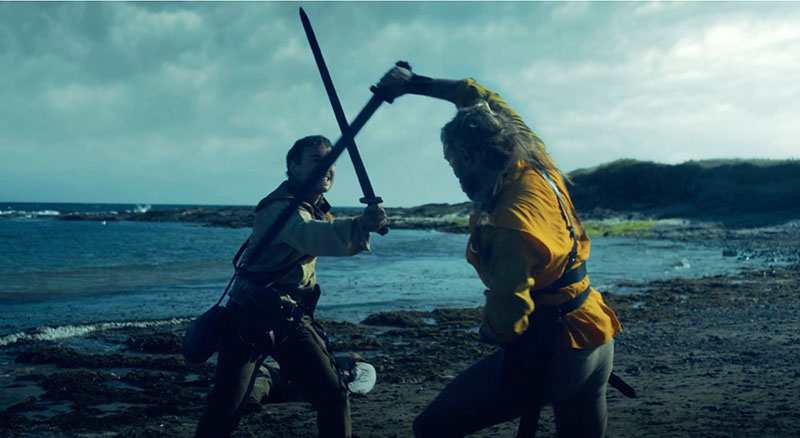
Ryan was also pleased to be able to keep the entire post production pipeline in one set of tools. “My team and I worked in a collaborative Resolve project, allowing us to edit, grade, design sound and create VFX simultaneously,” he said. “Paul would be working in one room on a rough cut, and I would be organising the footage or laying out sound design in another. Once we had the rough cut, I started grading. We could both work inside the same project without issues and no round tripping, no picture locks, no staggered schedule. All of post could happen simultaneously.”
Adapting the Vision
Because he had a specific vision when he began the project, Ryan directed the three videos and colour graded them as well. Having a strong background in DaVinci Resolve Studio as a colourist meant he knew the tools he would use to achieve his goals. “I really wanted to tell a sweeping, epic fantasy narrative with these three videos,” said Ryan.
“Like most music videos, the story had to be told within a limited time with limited resources, but because of my experience in Resolve, I could adapt on set. In the first video, ‘Ashes and Fire’, we have a shot of our main characters walking along a cliff, which we had to shoot in broad daylight. I knew at the time that in post I could change the entire atmosphere of the shot to a misty morning, while also compositing a dragon skeleton into the footage for visual interest. The best part is I did that whole composite in the Color page of Resolve.”
Learning to be Flexible
For Paul Cole, flexibility was the key to thinking about post production in a new way. He commented, “One of the challenges I have faced with editing in the past was having to think of the process in steps instead of thinking of the project as a whole. Usually I would send out cuts to be approved by clients, with only temporary colour and VFX in place, just to get the edit locked.
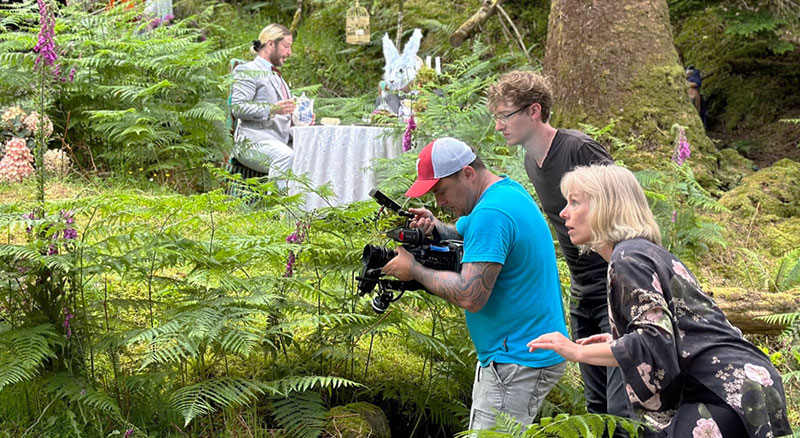
“For these videos, we coloured and added VFX as we worked, which allowed us to get comments on the grade, edit and VFX all at once. Though it took a little while to really get into the flow of this approach to post production workflows, now it is our preferred method for full post on nearly any project we tackle, from start to finish.
“We talk about collaboration in our industry as having ‘a hand in the process’. With the Blackmagic Cloud and DaVinci Resolve collaboration tools, that is literally possible. Everyone on the post team all worked in one project, and had access to everything from assets, timelines and plugins to deliveries. Being able to have multiple hands in the project, all at one time, was crucial for this workflow – not just for artists, producers and clients, but also other team members who are able to pull stills for socials or export assets for archiving while we are all working.” www.blackmagicdesign.com




